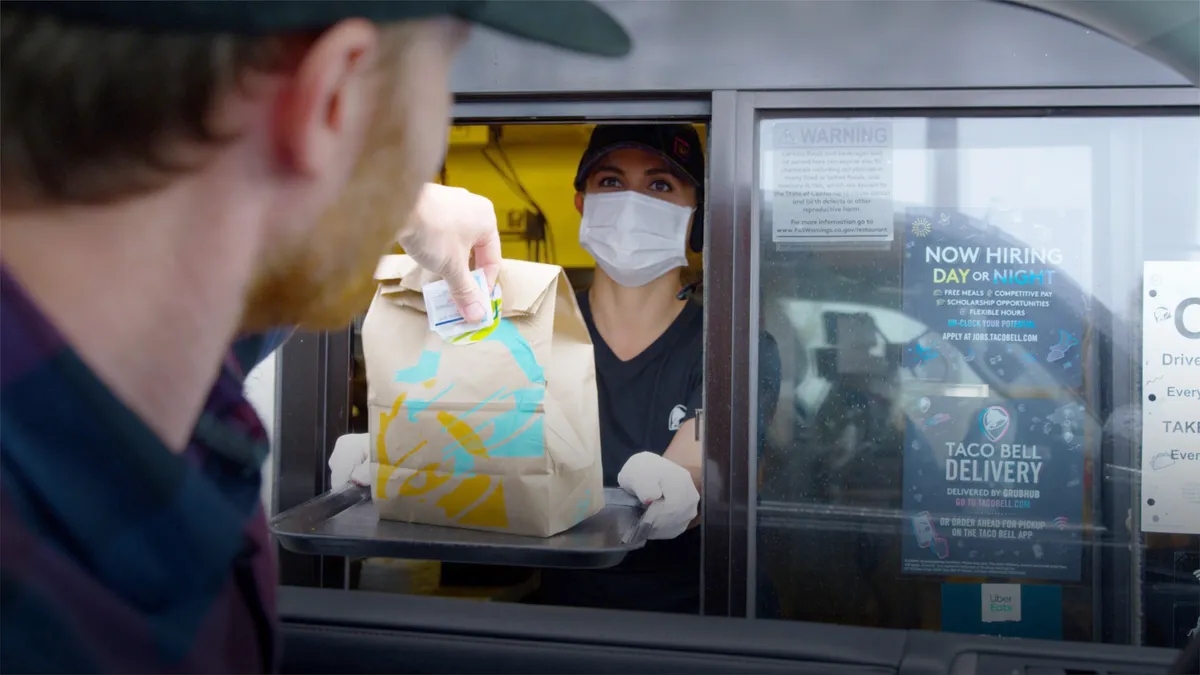Gautam Sukumar is SVP of product management at ADP. Opinions are the author's own.
In 2020, employers worldwide embraced a rapid influx of innovative technologies to adapt to the challenges of a newly remote work environment. Even more remarkably, this transformation happened almost overnight. The implications on the 2021 workforce will be lasting; the ability to be agile will become table stakes for employers in navigating forward and driving growth amid a changing business landscape.
The global health event made a significant impact on the dynamics of work and business operations. Many businesses had to close for safety reasons, or drastically limit customer capacity, driving them to reimagine how work gets done. The ongoing challenges of 2020 — from the global health event and beyond — will shape the future of the workplace indefinitely. For example, we are continuing to see the trend of personalization across the employee and employer experience and this trend continues to evolve into 2021.
Despite the trials of 2020, workers are primed to look on the bright side. A recent ADP Research Institute study found that worker confidence has declined less than one might expect: 84% of workers said they're still optimistic about the next five years in the workplace (although that's down from 86% pre-COVID). Seventy-five percent said they're hopeful about the year ahead.
For many businesses, agility has been the key to stability. In surveying both small and medium-sized businesses and enterprise organizations at the onset of the pandemic, ADP found that half of small businesses and 84% of larger businesses were adjusting their business model. The most significant shift was seen in the way they deliver products or services to market.
As just one universal example, think of how many eateries — from corner pubs to fine dining establishments — switched to delivery and curbside pickup models. Not only did the switch help them stay afloat, but it also enabled isolated people in lockdown to support local businesses while enjoying some of their favorite foods. As we continue forward, it will be interesting to see how many companies maintain their new services and how many go back to their original business models when circumstances allow.
Organizations that transform their workforce operations to gain agility better position themselves for the future. Small businesses in particular have demonstrated agility in their response to the global health event, as evidenced by recent rehiring gains.
Workers themselves are taking agility to the next level too, with new business formations up significantly year-over-year. This is one of the counterintuitive results of tough financial times: a boom in the formation of new companies. Many well-known organizations today got their start during such times. And statistics show that the same phenomenon is happening now: According to U.S. Census Bureau data, business applications were up nearly 43.3% in the first week of December, compared to a 3.2% decline for the same week in 2019.
To drive true transformation in the face of change, businesses will focus on their people and access to technology. By leveraging adaptable human capital management platforms and analytics solutions that can uncover gaps, businesses can adapt as quickly as their needs change amid dynamic conditions.
Times of challenge will always be part of a business' journey. But if employers and employees can respond to those challenges with agility, they can shape the future of the workplace and design an environment in which everyone can work confidently and reach their full potential.













